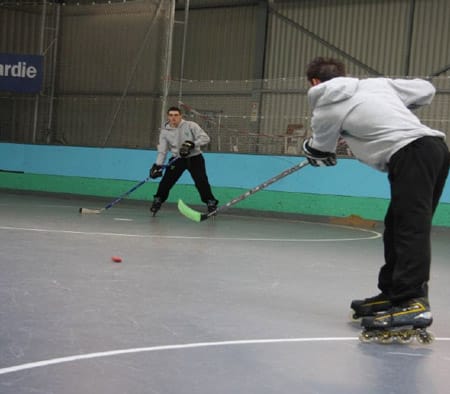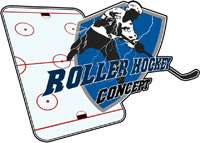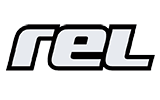How to make a pass in Roller Hockey
Par alfathor |
Publié le 8 March 2014 |
Mis à jour le 3 November 2020 |
Catégories :
All
Inline-hockey
All
Inline-hockey
| Sous-catégories :
How to make a pass
pass Roller Hockey
| 8051
| Tags :
How to make a pass
pass Roller Hockey
Making passes is one of the key ingredients of a Roller Hockey game. It is part of the basic principles of the discipline. Roller Hockey Concept gives us tips to make successful passes in the best conditions…
Explanation

Making a pass consists in passing the puck from one player to another. A pass should create a game action leading a team to score a goal, that’s the principle of team sports.
The objective of a pass is to get the receiving partner into the best conditions in order to enable them to follow the action, in the direction of gameplay, but also to take a shot, make a new pass or exit/enter the zone…
Before making the pass, the player must be aware of the collective team situation: entering or exiting the zone, flying change, 3 on 2 or 2 on 1 situation…
Then the player who owns the puck must lift their head in order to analyze the information around them, make a decision and make the pass.
There are several types of passes:
- the sweep pass
- the slapshot
- the backhand pass
Holding your stick right
The placing of your hands depends on your side.
If you are left-handed, your right hand is placed on the upper part of the stick while your left hand is at arm length and/or shoulder width… and conversely if you are right-handed.
In order to make sure you have the right position for your lower hand on the stick:
- Place your hand on top of the stick
- Put your elbow on the glove
- Stretch your arm along the stick
- Once your arm stretched, keep that distance to place your second hand.
How to make a successful pass?
Place your feet parallel and at shoulder width. Try to create an imaginary line so that you can make a pass to your team mate, either in motion or at a standstill. Your hands should be correctly placed in order to give power to your move.
The stick blade plays an important part as it is going to guide the movement of the puck in covering it. The finishing of the gesture is essential: guide the end of the blade towards the target.
Just as mentioned above, there are several types of passes according to the circumstances:
- The sweep pass is the fastest and the more precise
- The slapshot is a whip of the wrists, which enables to lift the puck more easily
- The backhand pass is less commonly used because it is hard to make. It has less power and less precision but can resolve some game situations in springing a surprise.
Mistakes to avoid
- Do not hit the puck, but push it in guiding it forwards
- Do not turn your shoulders towards the target
- Do not finish your movement with the stick.
Recap
|
Power |
Precision |
Amplitude and |
Distance from |
Surprise |
|
|
Sweep pass |
Good |
Very good |
Long |
Mid-distance (8 to 12m) |
Average |
|
Backhand pass |
Average |
Average |
Fast |
Close (1 to 4 m) |
Very good |
|
Slapshot |
Very good |
Good |
Long |
Far (over 10 m) |
Average |
Useful links
 Forward skating with a hockey stick
Forward skating with a hockey stick
The basic stance and the holding of the hockey stick
Official Web Site of Roller Hockey Concept
Facebook page of Roller Hockey Concept
Translation: Chloe Seyres
(Roller Hockey Concept)
